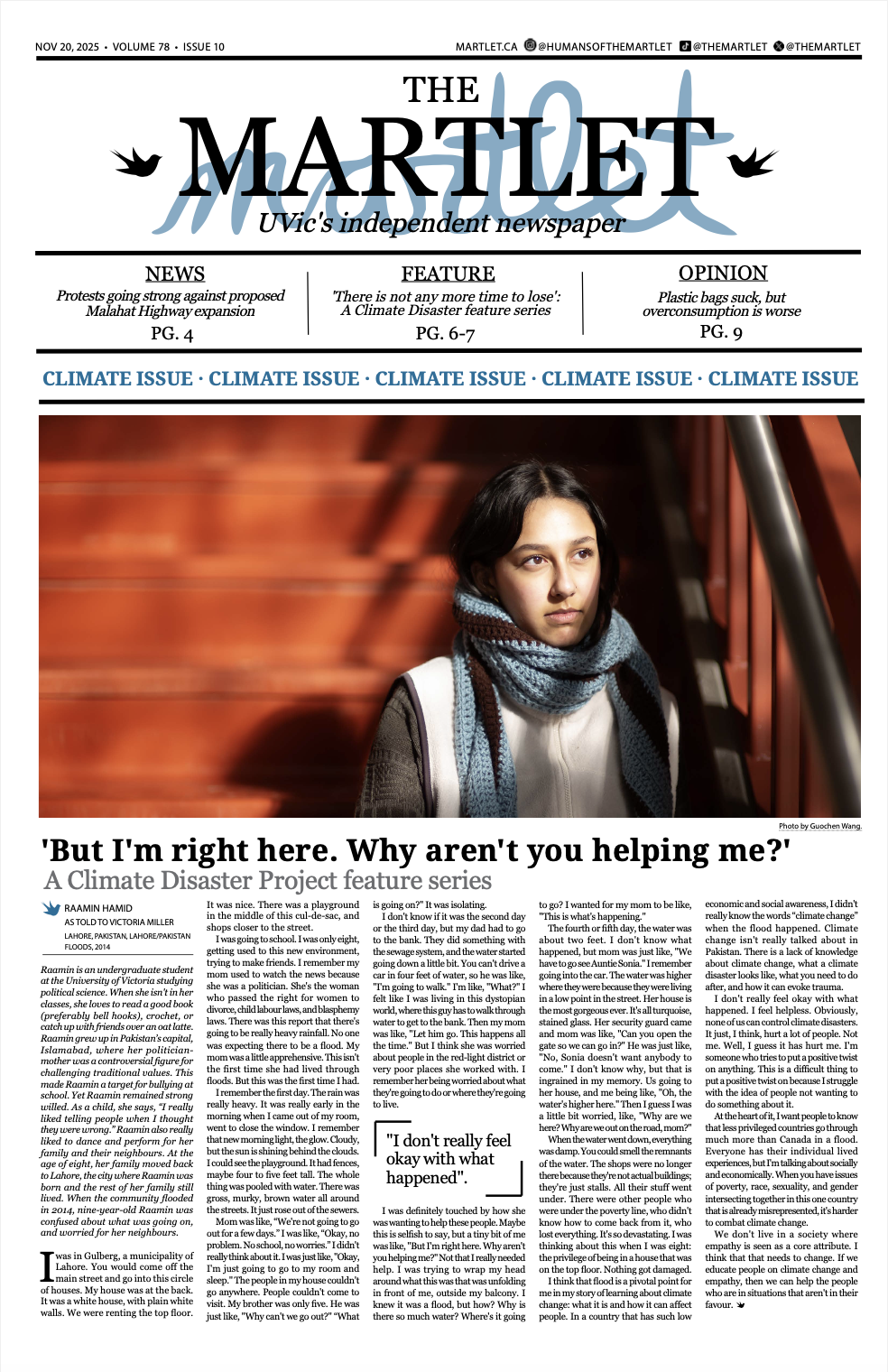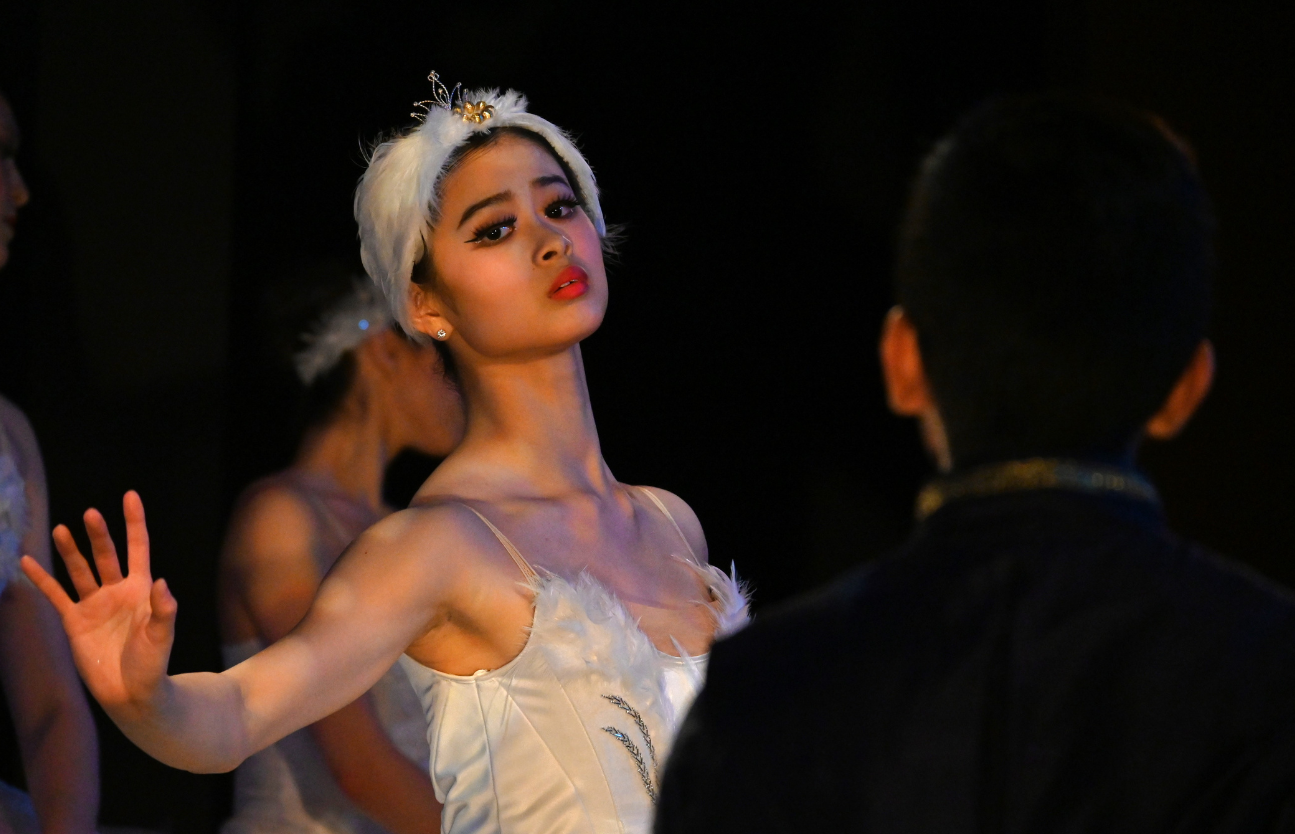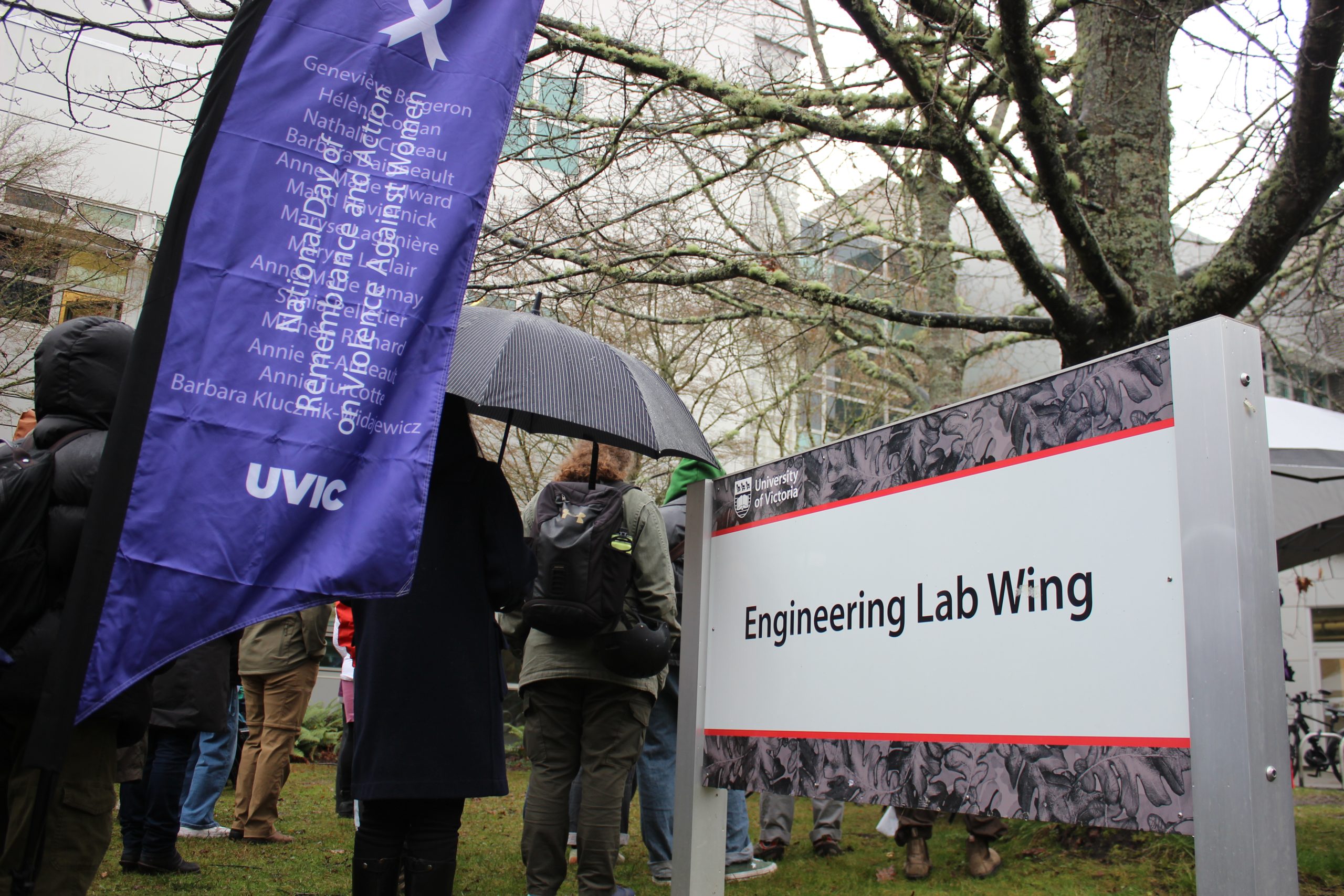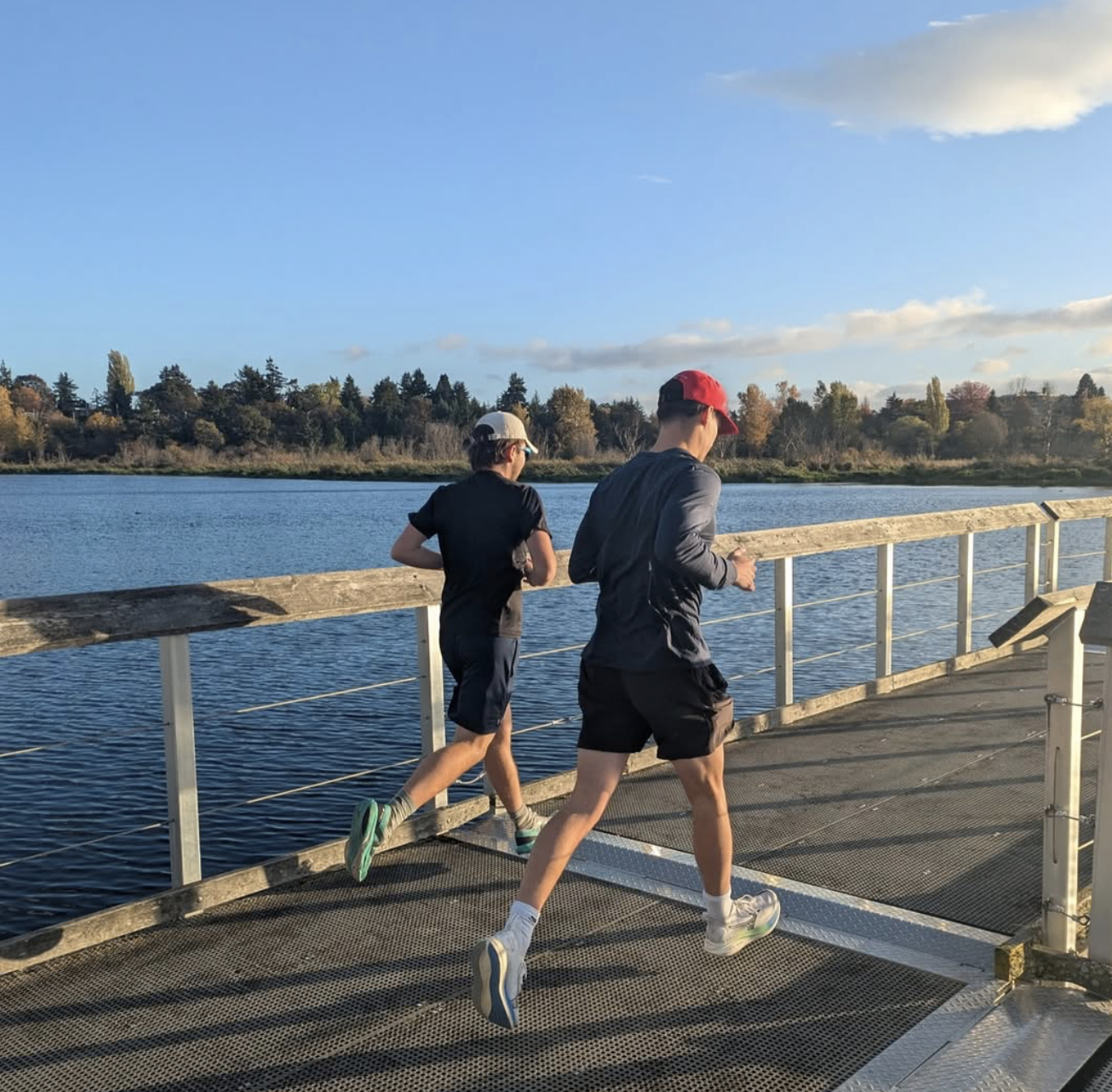Understanding the widespread but misunderstood threat of HPV
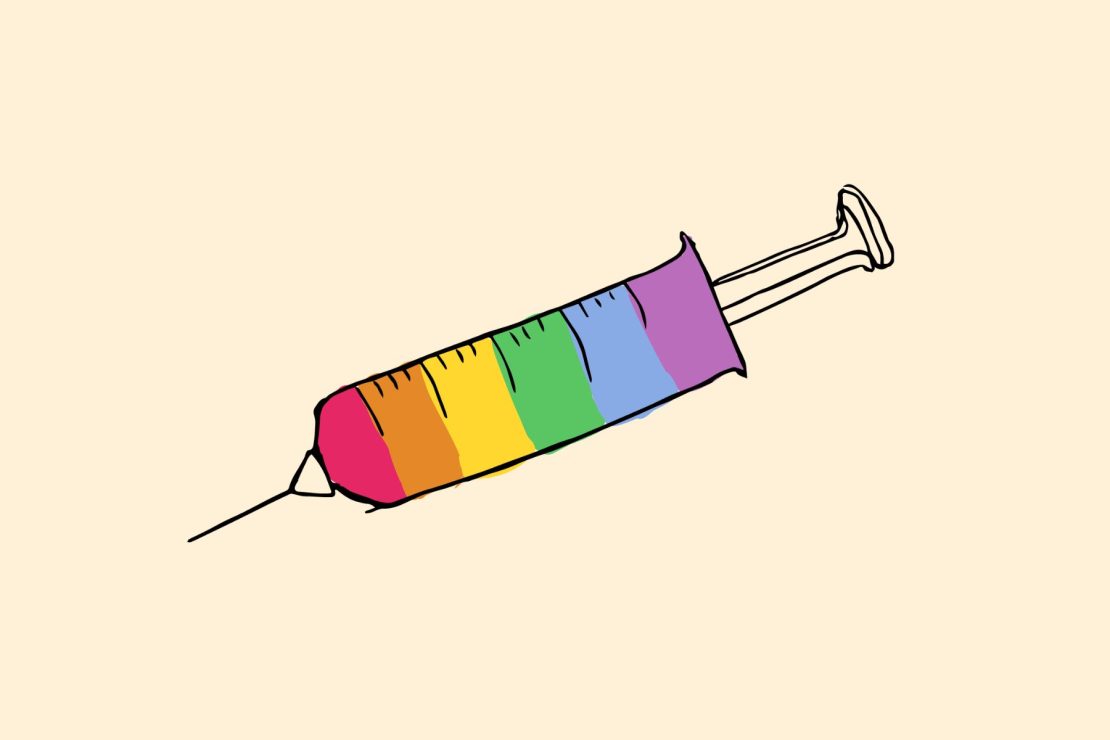
Illustration by Sage Blackwell.
Human papillomavirus (HPV) is the most common sexually transmitted infection in the world, affecting four out of five Canadians at some point in their lives. While most infections clear on their own, persistent HPV can lead to serious health complications including cervical, anal, penile, vaginal, vulvar and oropharyngeal cancers.
Despite the availability of highly effective vaccines, HPV vaccination programs have long been gendered, prioritizing females over males. This discrepancy raises important questions about why the vaccine initially targeted assigned female at birth (AFAB) individuals, and what the consequences of this gendered approach could be.
The feminization of the HPV vaccine was largely a product of its initial approval process. Because HPV is causally linked to cervical cancer, early vaccine trials focused on females, leading to recommendations for girls aged nine to 26 when the vaccine was first introduced in Canada in 2006.
Males were not included in official recommendations until years later, despite mounting evidence that HPV also causes cancers in men. This early exclusion fit within a cultural narrative that HPV was a women’s issue. In reality, HPV-related cancers have surged among the male population since the 1990s, particularly throat cancers, which are now more common in men than cervical cancer is in women. According to CDC data, four in every ten HPV-related cancers now occur in men.
Despite this, HPV vaccination programs in Canada were slow to include boys. Ontario, for instance, began publicly funding the vaccine for girls in 2007, but it wasn’t until 2016 that boys were added to the school-based program. At that time, only a handful of provinces — Alberta, Prince Edward Island and Nova Scotia — were routinely vaccinating males. Many Canadian parents remained unaware that their sons were even eligible to receive the vaccine.
The consequences of this delayed inclusion are significant. HPV-related throat and mouth cancers have increased by 56 per cent in men and 17 per cent in women since the 1990s. The failure to include boys earlier in widespread immunization programs has meant that males have continued to contribute to HPV transmission, undermining the potential for herd immunity and dialing to curb the rise of HPV-related cancers among men.
The continued perception of HPV as a “woman’s disease” also results in women disproportionately bearing the burden of prevention. Historically, and especially in heterosexual contexts, women have had to take responsibility for reproductive health, including contraception and STI prevention, while men are often more detached from the conversation. The HPV vaccine follows this same pattern — women are expected to protect themselves while men fail to perceive their own risks, meaning they miss out on the protections the vaccine offers.
Several steps must be taken in order to correct this imbalance. This includes identical age and gender guidelines being implemented, and middle-school entry vaccination for both girls and boys (similarly to other childhood vaccinations). Additionally, public health campaigns must actively work to undo the feminization of HPV by educating people about the virus’s impact on all genders and promoting equitable vaccine access.
All provinces and territories in Canada now offer free HPV vaccination to eligible individuals of all genders, but awareness remains a barrier. The HPV vaccine is not a women’s vaccine — it is a critical cancer prevention tool for everyone. Without intentional efforts to increase vaccination rates among males, HPV-related cancers, particularly those affecting men, will continue to rise. Shifting the narrative and ensuring equal protection is not just a matter of public health — it is a matter of health equity.




